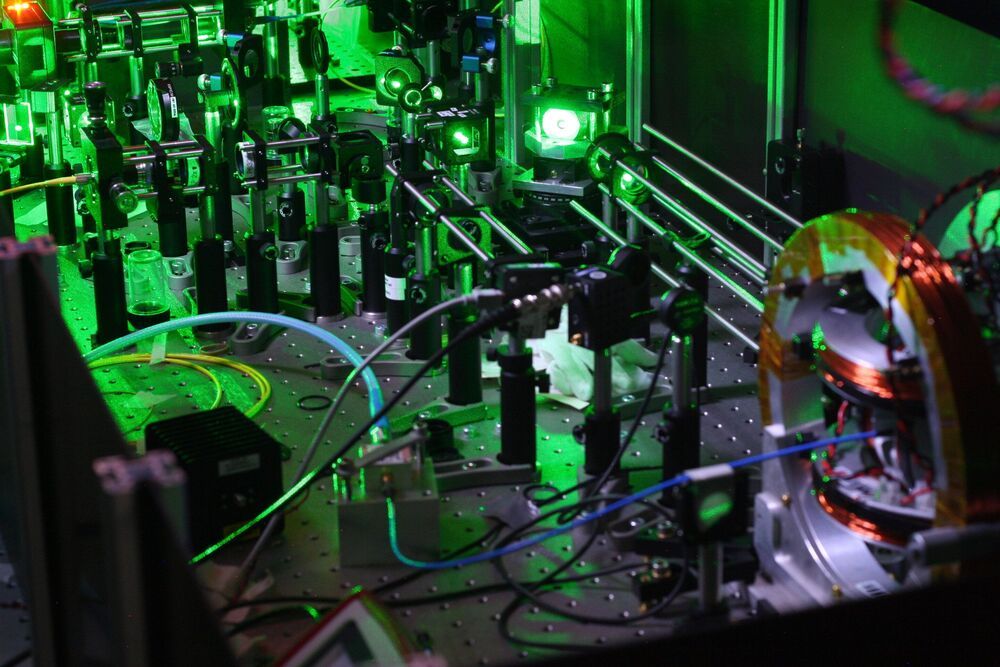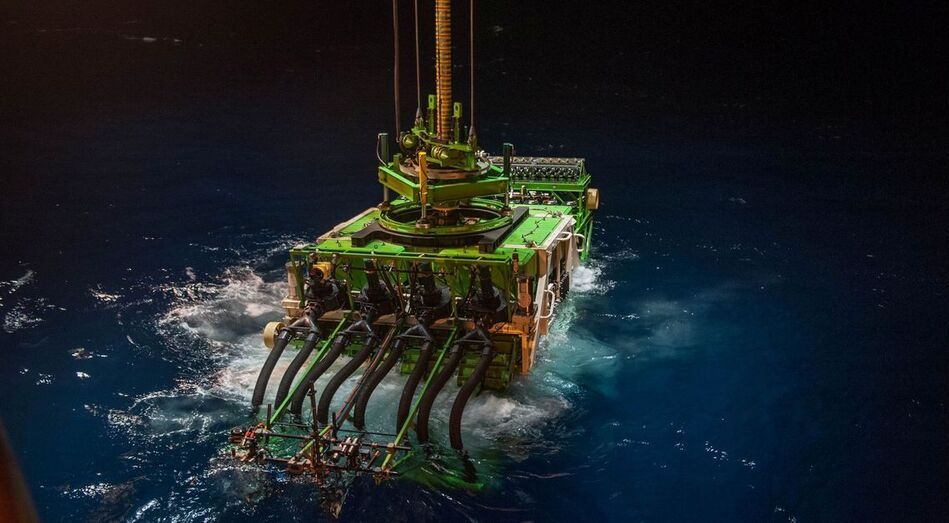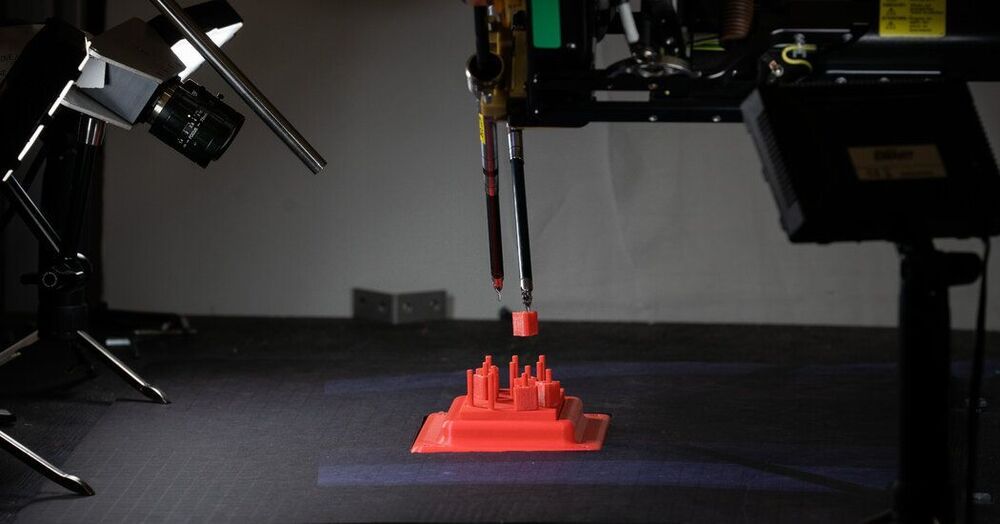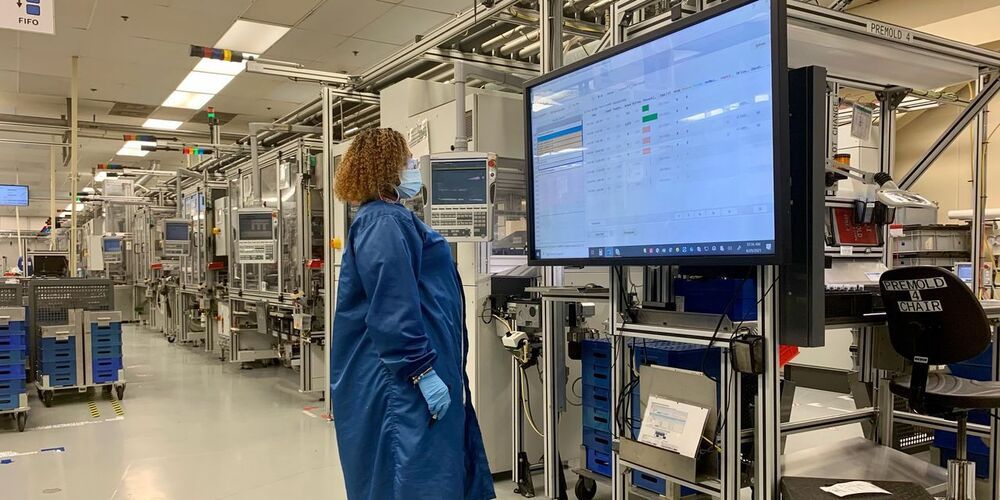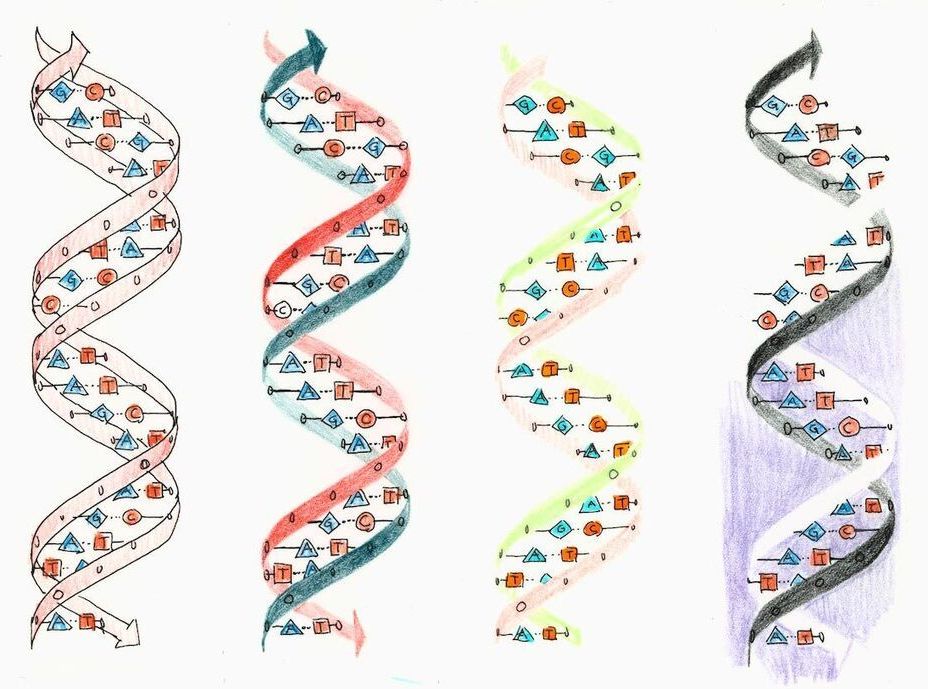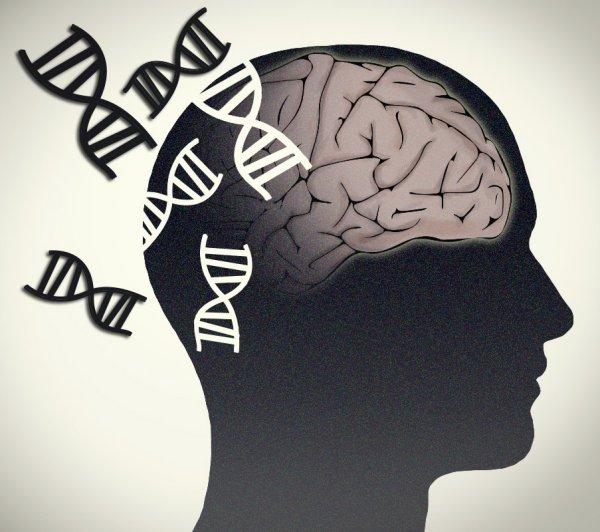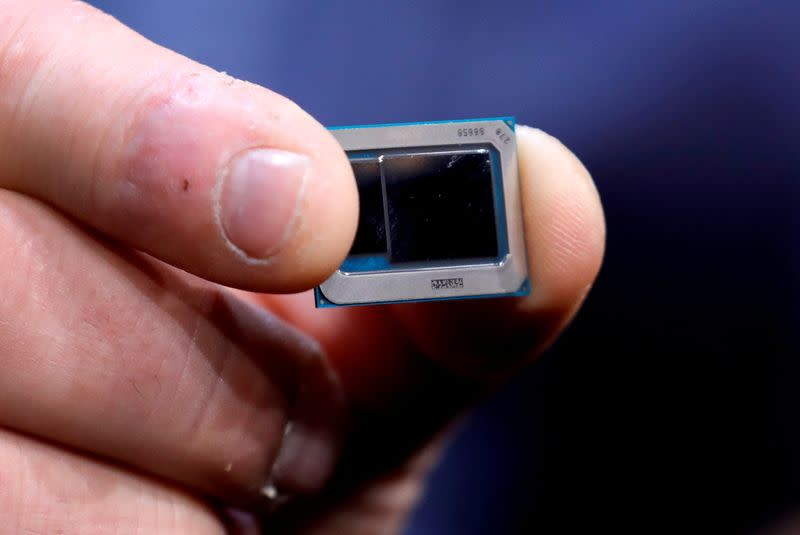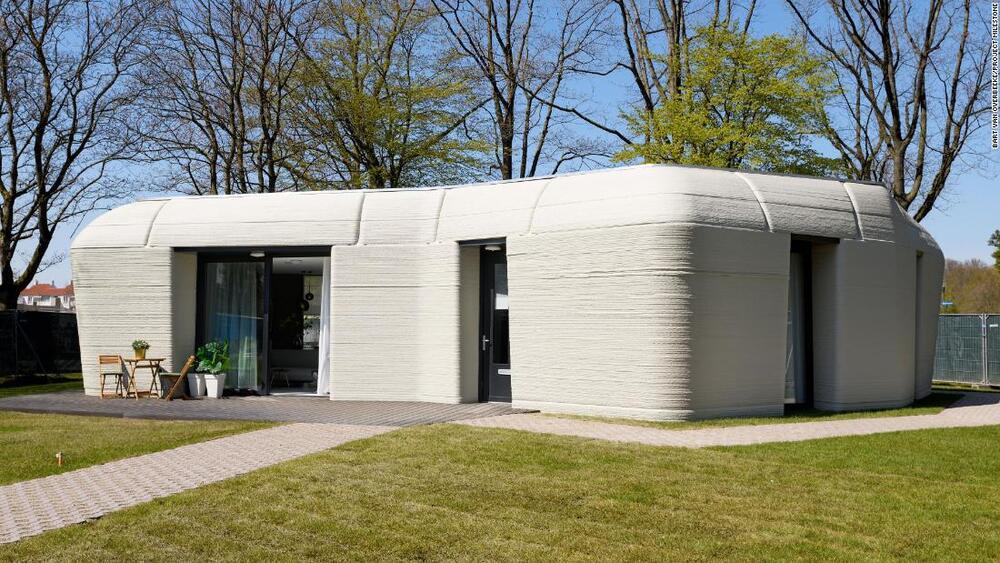Scientists from the University of Bristol’s Quantum Engineering Technology Labs (QETLabs) have developed an algorithm that provides valuable insights into the physics underlying quantum systems—paving the way for significant advances in quantum computation and sensing, and potentially turning a new page in scientific investigation.
A seabed mining robot being tested on the Pacific Ocean floor at a depth of more than 4 km (13000 ft) has become detached, the Belgian company running the experimental trial said on Wednesday.
Global Sea Mineral Resources (GSR), the deep-sea exploratory division of dredging company DEME Group, has been testing Patania II, a 25-tonne mining robot prototype, in its concession in the Clarion Clipperton Zone since April 20.
The machine is meant to collect the potato-sized nodules rich in cobalt and other battery metals that pepper the seabed in this area, and was connected to GSR’s ship with a 5km cable.
Great new episode with University of Hawaii cosmologist Brent Tully who’s been mapping the local cosmos for 50 years now. This is a good one! Please have a listen.
World-renowned, University of Hawaii cosmologist Brent Tully on 50 years of mapping the nearby universe which includes our own home supercluster ‘Laniakea.’ Tully candidly assesses the state of cosmography, the science of making 3D maps of the nearby universe and speculates on when astronomers will finally map the cosmos in its entirety.
The project is a part of a much wider effort to bring artificial intelligence into the operating room. Using many of the same technologies that underpin self-driving cars, autonomous drones and warehouse robots, researchers are working to automate surgical robots too. These methods are still a long way from everyday use, but progress is accelerating.
Real scalpels, artificial intelligence — what could go wrong?
Leading industrial companies are using artificial intelligence to analyze data from their manufacturing tracking systems to spot the causes of potential defects in real-time.
Robert Bosch GmbH is one of the latest to deploy AI to analyze data from its manufacturing execution systems, as the monitoring and tracking systems are called. General Electric Co. and Siemens AG have already deployed such systems.
The standards for regulating AI are already becoming clear. Here’s what to know.
Three important trends are emerging in the U.S. and EU.
A bold project to read the complete genetic sequences of every known vertebrate species reaches its first milestone by publishing new methods and the first 25 high-quality genomes.
It’s one of the most audacious projects in biology today – reading the entire genome of every bird, mammal, lizard, fish, and all other creatures with backbones.
And now comes the first major payoff from the Vertebrate Genomes Project (VGP): near complete, high-quality genomes of 25 species, Howard Hughes Medical Institute (HHMI) Investigator Erich Jarvis with scores of coauthors report April 28, 2021, in the journal Nature. These species include the greater horseshoe bat, the Canada lynx, the platypus, and the kākāpō parrot – one of the first high-quality genomes of an endangered vertebrate species.
An acquired mutation in the cancer-causing gene PIK3CA can make blood vessel malformations in the brain worse, possibly explaining why these abnormal clusters sometimes rapidly increase in size and cause stroke or seizures, shows new research.
Research from the University of Pennsylvania and Duke University shows an acquired mutation in the cancer-causing gene PIK3CA can trigger uncontrolled growth in cerebral cavernous malformations often leading to strokes or seizures in those affected.
BRUSSELS/BERLIN (Reuters)-Intel wants 8 billion euros ($9.7 billion) in public subsidies towards building a semiconductor factory in Europe, its CEO was cited as saying on Friday, as the region seeks to reduce its reliance on imports amid a shortage of supplies. The pitch is the first time Pat Gelsinger has publicly put a figure on how much state aid he would want, as Intel pursues a multibillion-dollar drive to take on Asian rivals in contract manufacturing. “What we’re asking from both the U.S. and the European governments is to make it competitive for us to do it here compared to in Asia,” Gelsinger told Politico Europe in an interview.
A Dutch couple have become the proud new tenants of the country’s first ever 3D-printed house.
Elize Lutz and Harrie Dekkers have been given the digital key to the gray, boulder-shaped building in the Bosrijk neighborhood of Eindhoven, in the southern Netherlands.
The single-story home has more than 1000 square feet of floor area, with a spacious living room and two bedrooms.
